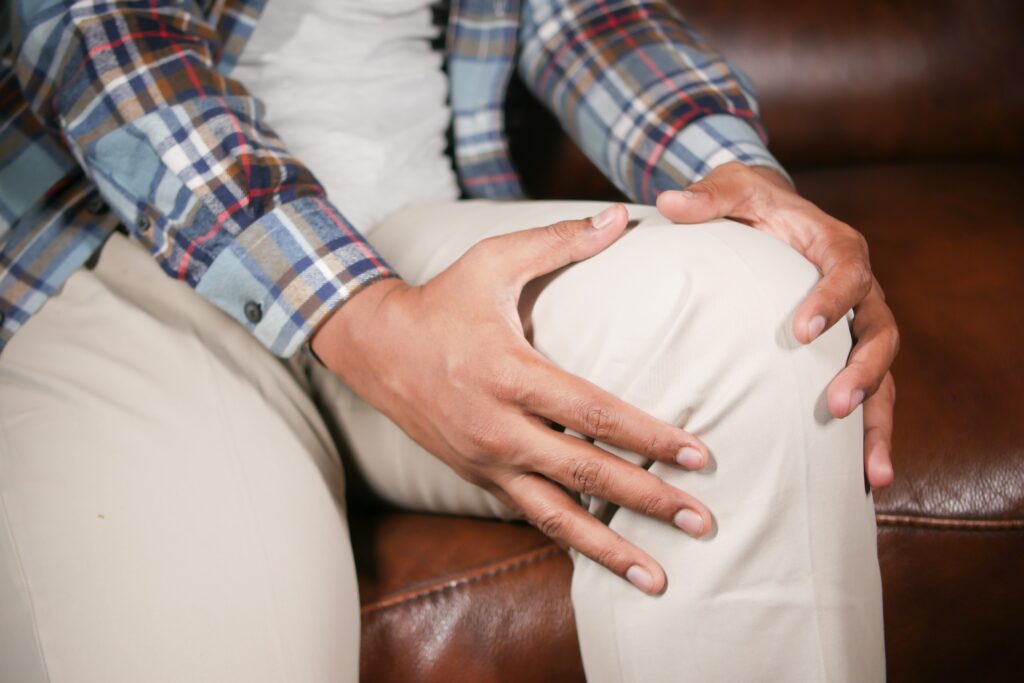The Importance of Physical Therapy in PCL Injury Recovery
Introduction
Physical therapy is an important part of the recovery process for individuals with a posterior cruciate ligament (PCL) injury. PCL injuries involve damage to one or more ligaments in the knee joint and can occur due to contact sports, falls, or car accidents. Treatment for these injuries typically includes physical therapy and rehabilitation exercises that will help people regain strength in their lower legs and improve joint mobility. For those who have recently sustained a PCL injury, there are several things to expect from physical therapy as you begin your journey to recovery.
What to Expect at Physical Therapy
When beginning physical therapy after sustaining a PCL injury, patients are likely to complete routine assessments such as range of motion tests and gait analysis testing. Range of motion tests measure the amount of movement in a joint and are important for determining how much strength and flexibility has been affected by the injury. Gait analysis testing looks at how people move when walking, running, or jumping, which can give physical therapists an insight into any muscle imbalances that may be present.
In addition to assessments, physical therapists may also prescribe exercises such as eccentric loading and dynamic stretching to help improve balance and stability around the knee joint. Eccentric loading is a form of exercise where patients resist gravity as they bend and straighten their leg muscles while gradually increasing their range of motion. Dynamic stretching helps increase muscle flexibility by utilizing active movements that target specific muscle groups in the lower body.
What Types of Exercises You Might Do
There are a variety of exercises that physical therapists might prescribe for PCL injury recovery, depending on the severity and location of the injury. Here are some common exercises used to treat PCL injuries:
- Knee extensions – Performed while standing up or sitting down, this exercise helps strengthen the muscles surrounding the knee joint.
- Step-ups – This exercise works both balance and stability by having patients step onto an elevated platform with one leg at a time.
- Leg press machines – Using machines such as the leg press can help build strength in lower body muscles including quads, hamstrings, and glutes.
- Calf raises – This exercise engages your calf muscle to improve flexibility and mobility in the ankle joint.
- Balance exercises – These exercises help improve coordination and posture, allowing the body to better support the weight of the upper body while standing or walking.
How Long Recovery Takes
The length of time it takes for a PCL injury to heal varies depending on many factors such as age, activity level, severity of injury, and treatment plan. Most athletes return to their sport of choice within 3-4 months after an initial diagnosis is made. Physical therapists will work with each individual patient to create a personalized plan that meets their unique needs and helps them reach their recovery goals in a safe and timely manner.
How Physical Therapy Prevents Reinjury
Reinjury can be prevented by maintaining strength and flexibility in the muscles surrounding the knee joint. This can be done through regular physical therapy sessions which focus on strengthening, stretching, and range of motion exercises. Physical therapists will also work with patients to ensure they are using proper form while performing exercises to prevent further injury and help them reach their recovery goals as quickly and safely as possible.
Conclusion
Physical therapy is an essential component of PCL injury rehabilitation. It helps strengthen muscles around the knee joint, improve coordination and balance, increase flexibility, and ultimately allow athletes to return to their sport or activity of choice in a safe and timely manner. Working with a licensed physical therapist is key when it comes to recovering from a PCL injury so that you can get back out there without worrying about reinjury.

